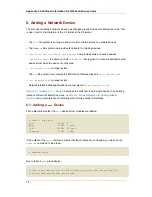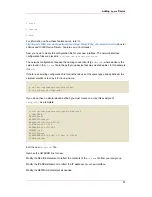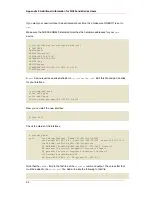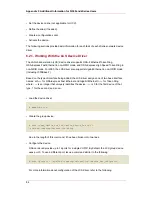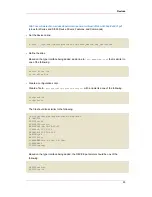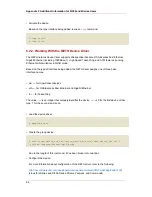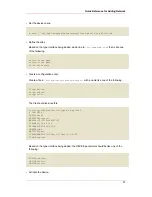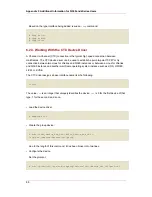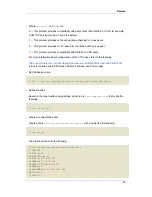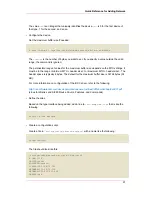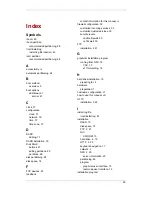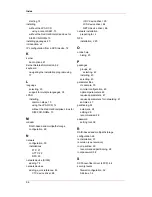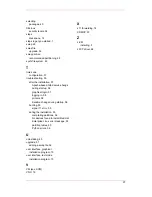
NETTYPE=iucv
PEERID=TCPIP
TYPE=IUCV
• Activate the device.
Based on the type interface being added, issue an
ifup
command like the following:
# ifup iucv<n>
7. Kernel-Related Information
Red Hat Enterprise Linux includes a modification to the way the Linux kernel timer interrupt is
handled. Normally, a hardware timer is set to generate periodic interrupts at a fixed rate (100
times a second for most architectures). These periodic timer interrupts are used by the kernel to
schedule various internal housekeeping tasks, such as process scheduling, accounting, and
maintaining system uptime.
While a timer-based approach works well for a system environment where only one copy of the
kernel is running, it can cause additional overhead when many copies of the kernel are running
on a single system (for example, as z/VM(R) guests). In these cases, having thousands of
copies of the kernel each generating interrupts many times a second can result in excessive
system overhead.
Therefore, Red Hat Enterprise Linux now includes the ability to turn off periodic timer interrupts.
This is done through the
/proc/
file system. To disable periodic timer interrupts, issue the
following command:
echo "0" > /proc/sys/kernel/hz_timer
To enable periodic timer interrupts, issue the following command:
echo "1" > /proc/sys/kernel/hz_timer
By default, periodic timer interrupts are enabled.
Periodic timer interrupt states can also be set at boot-time; to do so, add the following line to
/etc/sysctl.conf
to disable periodic timer interrupts:
kernel.hz_timer = 0
Appendix F. Additional Information for S/390 and zSeries Users
92
Summary of Contents for ENTERPRISE LINUX 3 - FOR IBM S-390 AND IBM ESERVER ZSERIES
Page 2: ...Red Hat Enterprise Linux 4 ...
Page 4: ...Red Hat Enterprise Linux 4 ...
Page 56: ...46 ...
Page 64: ...54 ...
Page 70: ...60 ...
Page 104: ...94 ...
Page 108: ...98 ...

